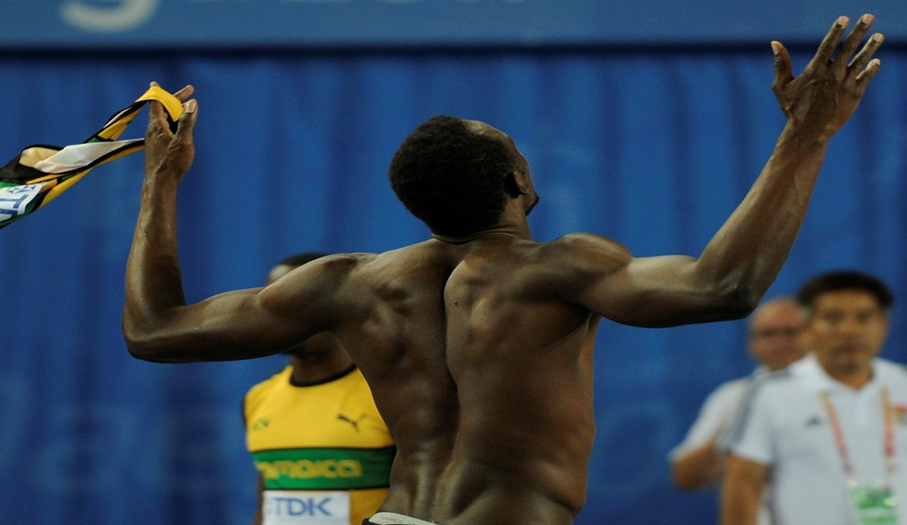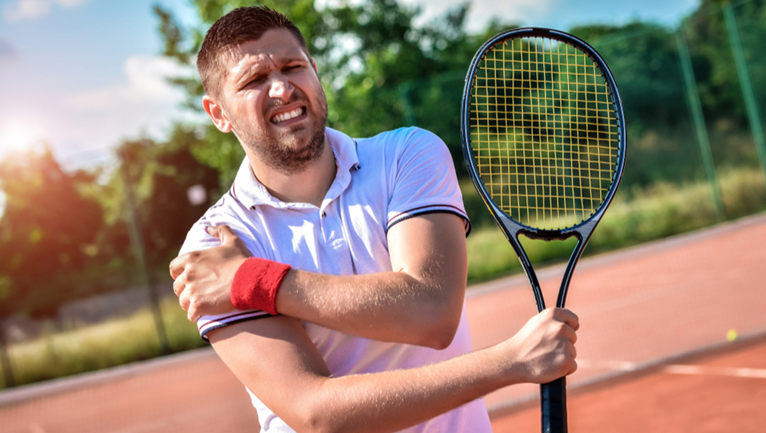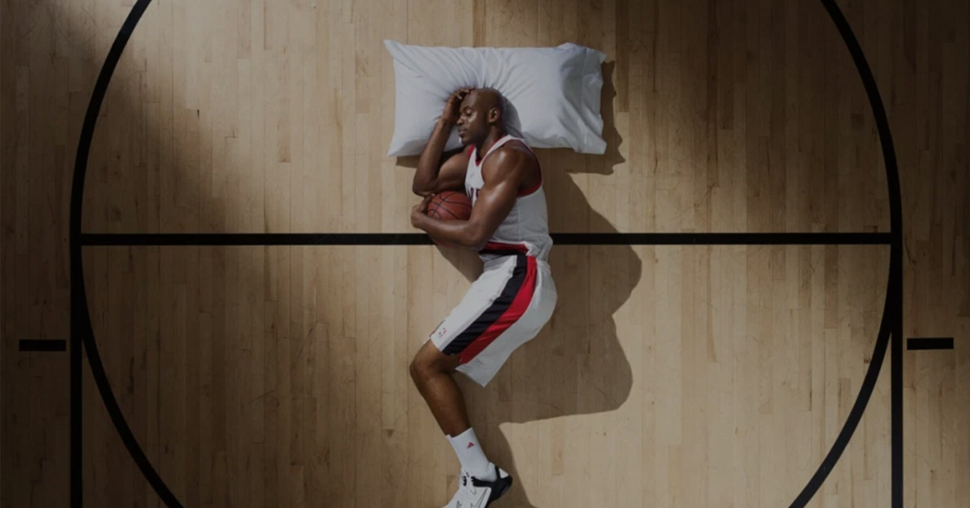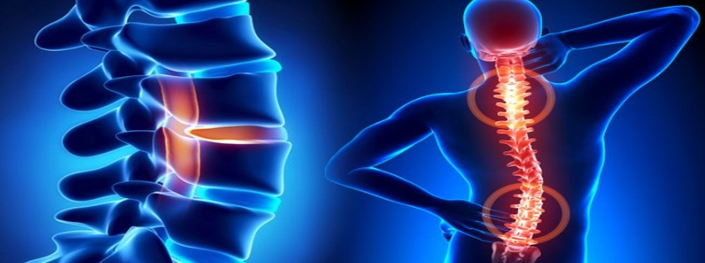SHOULDER LABRUM TEARS: AN OVERVIEW
By Ray Ho
Tears to the cartilage tissue in the shoulder known as the labrum can cause pain and instability in the shoulder.
WHAT IS A SHOULDER LABRUM?
The labrum is a cup shaped rim of fibrocartilage that outlines and reinforces the ball and socket of the shoulder joint (Cooper DE et al, 1992).
The shoulder joint is comprised of the glenoid (shallow depression of the socket) and the head of the upper forearm known as the humeral head (the ball which inserts into the socket).
The Labrum has many attachment sites of shoulder ligaments supporting it as well as the rotator cuff tendon and muscles which enclose the shoulder. This contributes to shoulder stability and prevent the shoulder from dislocating.
The Shoulder labrum enhances shoulder stability by preventing shoulder translation of the humeral head of the joint, increases the concavity compression effect within the joint and helps to stablise the long head of biceps contributing to overall joint stability (Pagnani MJ et al, 1995).

WHAT DOES A TORN SHOULDER LABRUM FEEL LIKE?
Most commonly symptoms of a torn shoulder , are intense shoulder pain, achiness in the joint, instability and a feeling of grating, grinding, locking , catching while performing shoulder movements
What are the different types of shoulder labral tears?
The two most common types of labral injuries are the SLAP tear and Bankart tear.
Both types of tears are usually accompanied by aching pain and difficulty performing normal shoulder movements.
SLAP tears
"Superior labrum from anterior to posterior," or SLAP, is an abbreviation for "superior labrum from anterior to posterior." This sort of tear occurs where the biceps tendon attaches to the shoulder in the front of the upper arm.

Baseball pitchers and volleyball players who engage in high-energy, quick-snap actions across the top of the shoulder are the most vulnerable to this injury.
Patients with SLAP tears may have pain near the biceps tendon in the front of the shoulder.
The anterosuperior labrum usually appears to have a poor blood supply, whereas the inferior labrum has a significant blood flow (Cooper DE et al, 1992).
Bankart tears
Bankart tears are most common in younger patients who have had their shoulder dislocated. The joint capsule (fiberous tissues that surround and protect the joint) can pull on the lower portion of the labrum and tear it if the ball of the shoulder joint falls out of the socket. As a result of the burst labrum, the shoulder is more likely to dislocate again, causing instability. Anterior instability is caused by a dislocation in which the head of the humerus slips toward the front of the body. "Postterior instability" occurs when the ball slips toward the back of the body. Patients with Bankart rips may be concerned that the shoulder will dislocate or slip out of place.
Can labral tears of the shoulder be prevented?
Unfortunately, labral tears are hard to prevent, especially in athletes, because the force of the overhead motion contributes to the injury. Although athletes are most prone to labral tears, people who experience a traumatic event – such as falling down a flight of stairs – are also at risk. This is especially the case in older adults, because our cartilage becomes more brittle with age.
Can a shoulder labral tear heal without surgery?
In some cases, the labrum can heal with rest and physical therapy, depending on the severity of the tear. "Surgeons should try to be as conservative as possible when treating a torn shoulder labrum," says Dr. Fealy. Surgeons will usually conduct a physical exam and order MRI or X-ray imaging, if necessary, to determine the severity of the injury and the appropriate treatment.
SLAP tears are usually treated with rest, anti-inflammatory medications and, in some cases, an in-office cortisone injection. This is followed by gradual stretching of the shoulder, initially with a physical therapist, for six weeks to two months.
If the injury is a minor Bankart tear with a dislocation, the physician (or even a team coach or patient themselves) can usually pop the shoulder back into place – a process called reduction – and then follow up with physical therapy to strengthen the muscles.
When do you need surgery for a torn shoulder labrum?
Surgery may be required if the tear gets worse or does not improve after physical therapy. "If physical therapy fails and the athlete still can’t complete overhead motions, or the shoulder continues to dislocate, surgical treatment might be required to reattach the torn ligaments and labrum to the bone," says Dr. Fealy. Arthroscopic procedures, in which the doctor operates through a small incision, are usually preferred because they are less invasive than open surgery.
In general, nonsurgical treatment is usually most appropriate for older patients who do not engage in regular physical activity, while younger athletes who regularly participate in higher impact sports can expect recurrence and may want to consider arthroscopic surgery.
Find the best Sports physiotherapist to treat your labral tear condition
What is the recovery time for shoulder Labrum repair surgery?
Patients who undergo arthroscopic repair can expect shorter recovery times and less pain. Those undergoing open surgery should expect more pain, longer recovery, and in some cases incomplete shoulder rotation.
Athletes may require six months to one year for full recovery, with overhead throwing athletes taking the longest.
Regardless of which type of surgery is performed, almost all athletes are advised to wear a sling for the first four weeks after surgery to protect the shoulder as it heals.
"If fixed properly, most athletes should be able to return to at least 80 percent of their pre-injury level of play,".

REFERENCE LIST:
Anatomy, histology, and vascularity of the glenoid labrum. An anatomical study.
Cooper DE, Arnoczky SP, O'Brien SJ, Warren RF, DiCarlo E, Allen AA
J Bone Joint Surg Am. 1992 Jan; 74(1):46-52.
Effect of lesions of the superior portion of the glenoid labrum on glenohumeral translation.
Pagnani MJ, Deng XH, Warren RF, Torzilli PA, Altchek DW
J Bone Joint Surg Am. 1995 Jul; 77(7):1003-10.





